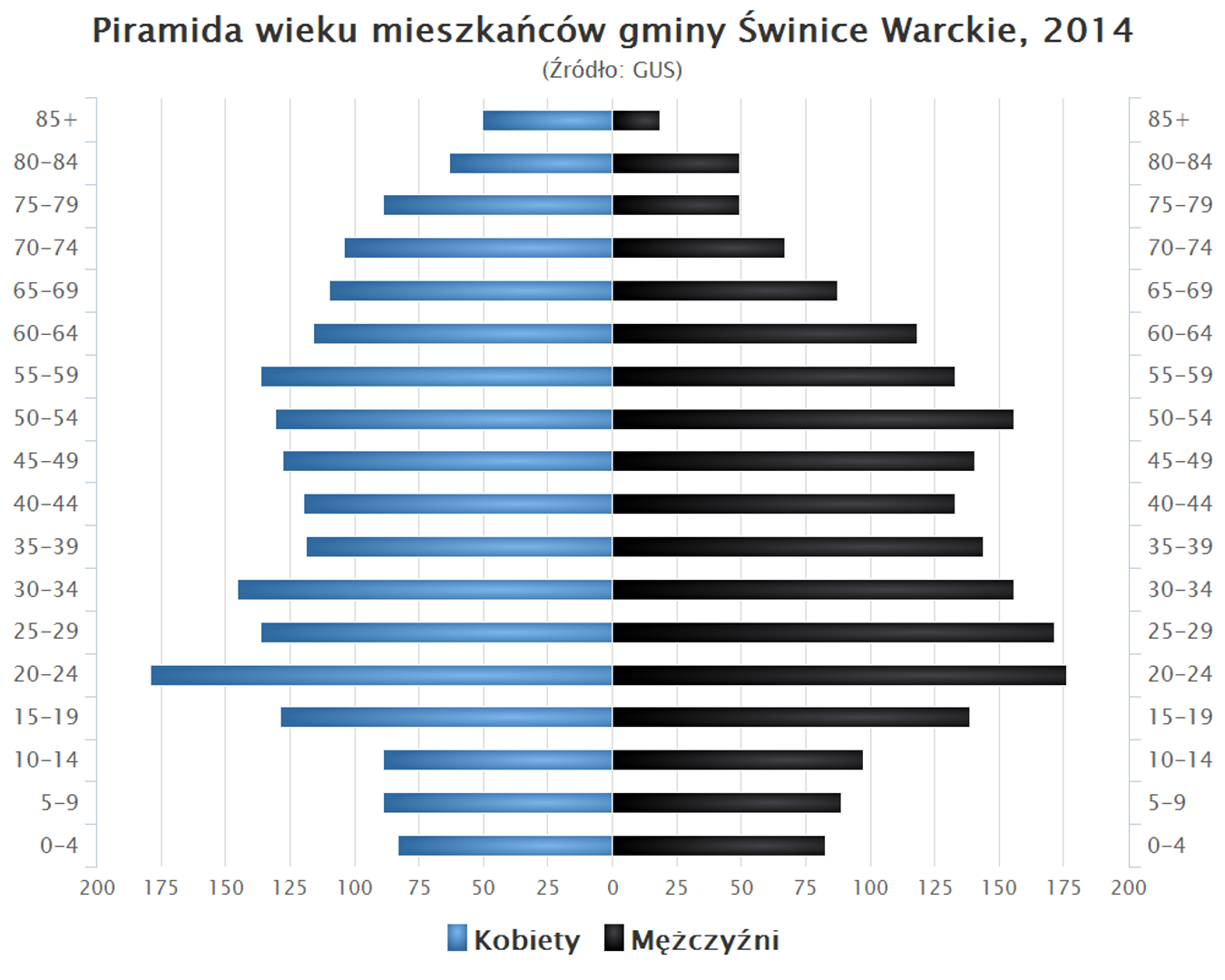Świnice Warckie
6.99

Overview
Świnice Warckie Commune, located in the Łódź Voivodeship, within the Łęczyca County, has its seat in a locality of the same name. It was established on October 1, 1937, as a result of a municipal reform aimed at simplifying the administrative structure of the region. The commune incorporated areas of abolished communes such as Wola Świniecka, Zelgoszcz, and Biernacice. During World War II, the commune remained within the administrative boundaries of the Poznań Voivodeship. After the war, this affiliation was maintained, and in 1952, the commune gained an expanded structure, consisting of 35 village councils (gromadas). Unfortunately, in 1954, the commune was abolished in favor of the gromadas, but it was reinstated in 1973. The commune covers an area of 93.47 km²; agricultural land dominates, occupying 82% of its area. The commune is also recognized for its rich history and traditions, which attract both tourists and researchers of local cultures. The commune includes many localities, such as Bielawy, Świnice Warckie-Kolonia, and Głogowiec, as well as several smaller settlements, showcasing the diversity of local life. The commune borders other administrative units, such as Dąbie, Grabów, and Łęczyca, which fosters inter-communal interactions. According to data from the end of 2011, the commune had 4,101 inhabitants, highlighting its importance as a rural community. An interesting fact is that the commune has a diverse demographic structure, which can be illustrated using the age pyramid of its residents. In 2014, data regarding this structure were available, which may be of interest to sociologists and demographers. Świnice Warckie Commune, abundant in historical events and local traditions, is a place of relative demographic stability, cherished by its residents and passed on to future generations. The region's architecture often reflects its rich history, attracting the attention of history and architecture enthusiasts. Interesting artistic solutions and unique monuments make the commune an intriguing destination for tourists and researchers of local history.
Location
2025 Wizytor | All Rights Reserved